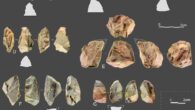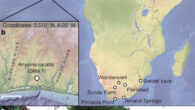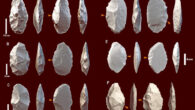Paranthropus robustus is a well-documented hominin species with no genetic evidence reported so far. It lived between 2 million and 1.2 million years ago in what is now South Africa. In new research, paleoanthropologists obtained enamel protein sequences from 2-million-year-old dental specimens attributed to this hominin from the South African site of Swartkrans. Their findings suggest greater diversity within Paranthropus than previously recognized...




















